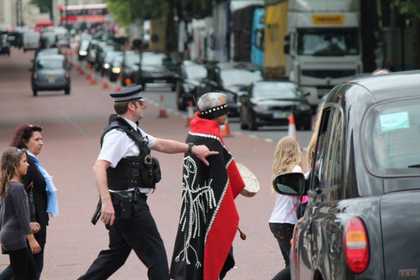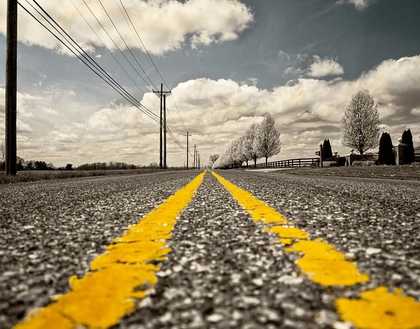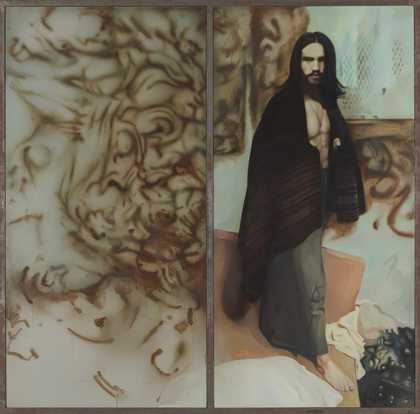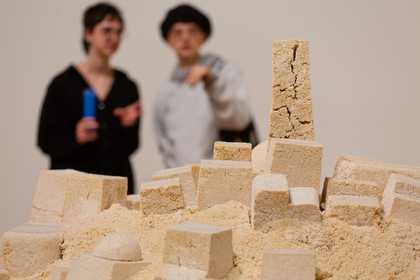Join us for two drop-in workshops that explore migration, memories, journeys and hidden histories:
New Journeys through Old Landmarks
12.00 – 14.00
Join a creative workshop to explore fascinating but little-known moments in London’s development as a multicultural hub over the last four hundred years.
Discussion and activities focus on the city’s iconic landmarks, seen as dynamic contact zones where different cultures’ experiences and aspirations intersect. Sites with rich or quirky histories in this context include St Martin-in-the-Fields, Big Ben, Royal Albert Hall, Canary Wharf, St James’s Palace and Banksy’s graffiti, to name just a few.
Bring along your own photos or impressions of London landmarks.Compare these with stories of Maori, Aboriginal, Native American and Pacific Island visitors and migrants to the city, past and present. There will be opportunities to work from this material to create walking routes through the city, using an in-progress digital map to highlight its hidden histories and imagine new forms of cross-cultural exchange.

Peter Morin performs Cultural Graffiti in London, 2013. Photo: Dylan Robinson
Memories and Migration
14.30 – 17.30
This workshop explores migration from the personal experiences of participants, and through looking at representations of migration in art, theatre, film, and photography.
What does migration mean to you? Where do you call home? How do your family or friends remember things about the past? Do you, your family or your friends have stories about other places? What special objects mean something to you or those you love?
Bring a guest. We invite people of different generations for intergenerational encounters and conversations. Young people, bring along a parent, grandparent, uncle, aunt, neighbour or friend from an older generation. If you can’t bring someone, simply have a conversation with a parent, grandparent or friend before the workshop. Ask them where they call home and how they came to live there. Ask them: why did you move, how did you move, what was your journey like, what was it like when you arrived, was it what you expected?
Bring an object. Come along with an object that means something to you, your family or a friend. It might be something that has travelled with someone from place to place, or an object that brings up memories for its owner.
You will encounter photos, videos, poetry, plays and objects that tell fascinating stories about migration, past and present. You will be able to share your own stories. At a time when immigration is often seen as a ‘problem’ that needs to be solved, this session is aimed at exploring personal stories and some of the longer histories of arrival that make up life in Britain today.
‘And yet immigration is as natural to us as breathing. The first act of migration is from the womb into open air. The second act of migration is learning to walk, to grow wings and eventually fly the nest. The saying ‘The World is Your Oyster’ is a celebration of migration. Ink migrates from pen to paper, words migrate from page to stage’.
Lemn Sissay, ‘Introduction’ to Benjamin Zephaniah’s Refugee Boy, adapted for the stage by Lemn Sissay
These events are programmed by Royal Holloway, University of London, a Tate Exchange Associate.
About Royal Holloway, University of London
Royal Holloway, University of London is a community of over 10,000 students and academics committed to fostering creativity and excellence in teaching and research.
Royal Holloway has an emphasis on creative subjects, with outstanding Drama, Theatre & Dance, Media Arts, Music, Modern Languages and Geography.



